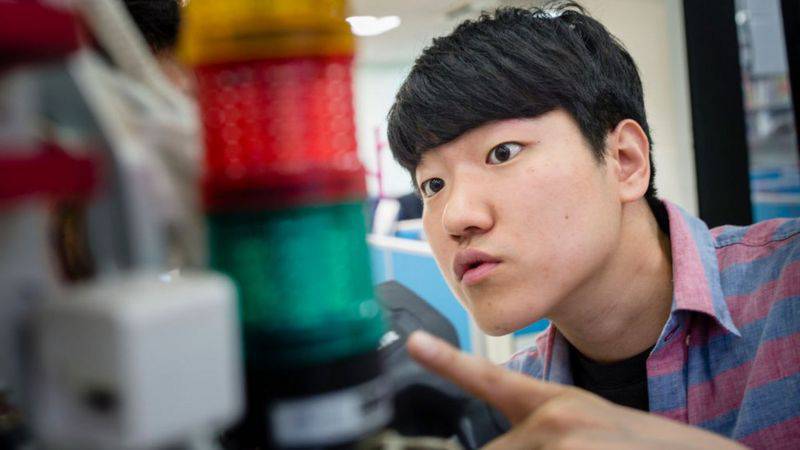The fight against the covid-19 pandemic has accelerated innovation on different fronts, from human development to the fight against Covid-19
What makes a country innovative?
Does it have to do with state-of-the-art technology development, patent registration, and investment in research and development? Yes.
And the quality of its higher education, its scientists and its entrepreneurial ecosystem? As well.
There are dozens of indicators that make one country more innovative than another. And the race is on at full speed, even now that the global economy is in one of the worst crises in decades.
The fight against the covid-19 pandemic has accelerated innovation on different fronts, ranging from the development and massification of technologies to contain the virus, to competition in the vaccine market or the increase in the use of communication tools from distance.
In the latest Bloomberg Innovation Index, South Korea returned to the top of the rankings, dethroning Germany, which fell to fourth place.
The Asian country resumed the leadership that has made it the most innovative country in the world for seven of the last nine years.
Singapore and Switzerland rose one place each to occupy second and third places, while in Latin America the list was led by Brazil (in position 46), followed by Argentina, Chile and Uruguay.
South Korea became the most innovative country in the world due to the increase in its patent registration, in addition to its performance in areas such as research and development (R&D) and manufacturing.
Something that is far from being casual, after decades of a development strategy that has led the country to maximize its R&D.
It is a strategy that promotes creative work in a systematic way to generate new knowledge, technological innovation and the development of new processes.
South Korea became the most innovative country in the world due to the increase in its patent registration, in addition to its performance in areas such as research and development (R&D) and manufacturing. GETTY IMAGES
Germany, while still among the most innovative countries, was dethroned from its world leadership by showing a decline in the number of skilled workers and the lack of a strategy for the development of next-generation technology.
Another nation that surpassed Germany was Singapore, the smallest country in Southeast Asia, which has invested heavily in helping its workers and companies move towards a digital economy.
Singapore scored very high in manufacturing and ranked first in higher education for excellence from its universities.
Switzerland, which occupies the third place in the ranking, appears positioned as a leader in the areas of financial technology and biotechnology.
What happened to the United States?
When Bloomberg first published its innovation index in 2013, the US ranked first.
This year it left the “top ten” falling to 11th place, after falling two places in relation to the previous year.
The United States fell to 11th place in the ranking. One of the causes was their performance in the area of higher education. GETTY IMAGES
Their results were not competitive in the area of higher education, despite the fact that American universities are world famous.
“The United States was the undisputed leader in science and engineering. We are now playing a less dominant role,” says a report by the US National Board of Sciences.
Some experts say one reason for the loss of leadership may be that many American innovations come from small companies and take longer to reach consumers as end products.
One of President Joe Biden’s promises is to improve the manufacturing sector with a $ 300 billion investment in research and development and cutting-edge technologies, a policy that, if implemented, could improve the competitiveness of the world’s largest economy.

